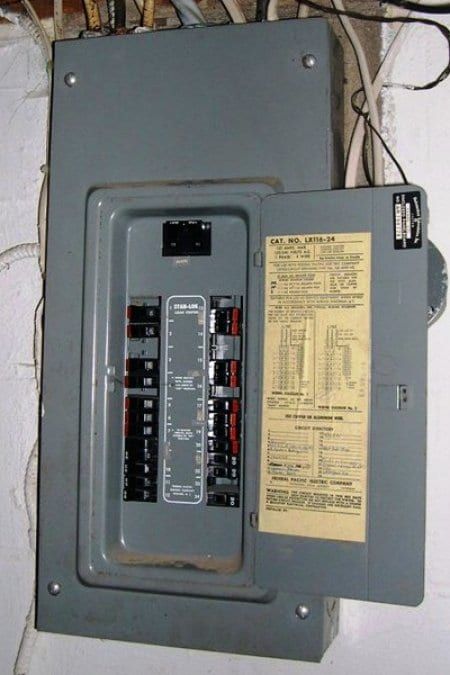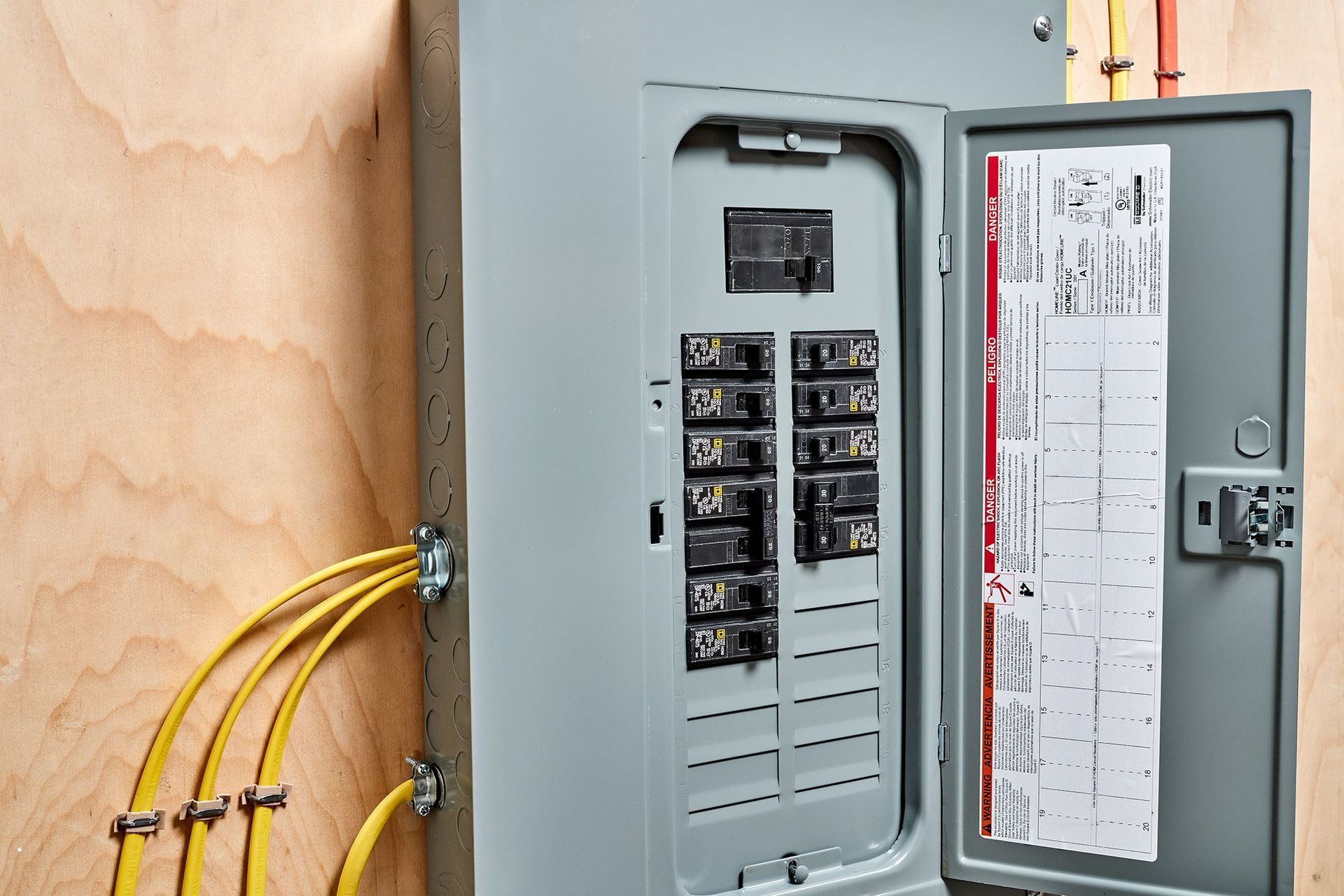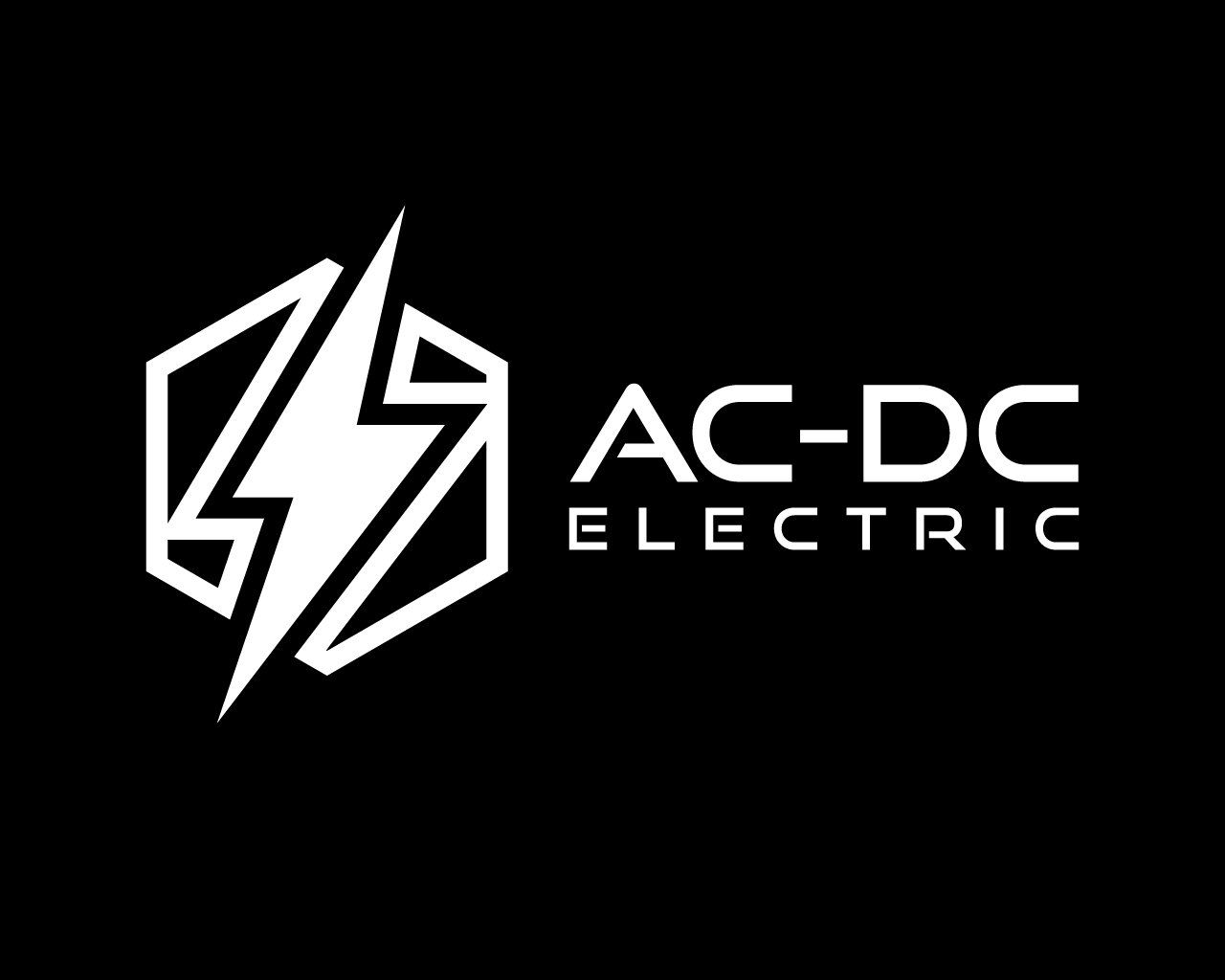How to Add a New Circuit Breaker To Your Electrical Breaker Panel?
What Are Circuit Breakers?

How to Add a New Circuit Breaker To Your Electrical Breaker Panel?
Your breaker box manages the power needs for your whole house. If you get new appliances or find that your need for power exceeds the number of outlets, it is time to add a new breaker panel to help balance the load. Adding new breakers ensures that you do not overload the circuits and possibly cause a fire that could damage your wiring and appliances, or even burn down your house.
Do you need to add new outlets to your home office? If you have a lot of equipment like computers, printers, desk lights and other devices, you will need to add an additional circuit breaker to help balance the electrical load. All the new lights and appliances can really add up and different rooms on different circuits could overload your breakers.
What Are Circuit Breakers?
Circuit breakers are housed inside a breaker box and regulate the flow of electricity throughout your home. They have built-in safety switches that turn off (trip) in the event of an overload to eliminate the risk of fire. In most homes, the breaker box can be found in the basement, utility room, or laundry room. If your home does not have a basement, it may be located outside in the back of the house.
Supplies You Will Need:
● Circuit breakers (switch boxes)
● 14-, 12-, or 10-gauge wire (for 15, 20, or 30 amps)
● Wire stripping tool
● Screwdriver
● Pliers
Installing a New Circuit Breaker
Installing a new circuit breaker is relatively easy, if you’re used to doing some of the work around your home. If you’re unsure of how to do it, or don’t have any experience with electricity, the best thing to do is call a company that provides electrical services to do the install.
Once you have purchased all the supplies needed to install a new breaker, follow the steps below to add a new breaker to your breaker panel.
- Turn off the power supply. Switch off the power to your breaker box by flipping the power main. The main power switch will be located at the top or bottom of your breaker panel. It should be clearly marked to avoid confusion. Call a professional if you’re unsure how to locate your power main.
- Note the location of unused spaces in the breaker panel cover. You must install the new circuit breaker to line up with a pre-punched knockout in the cover. This lets you feed the wire through and keeps everything neatly out of the way.
- Remove the breaker panel cover. Unscrew the breaker panel cover to gain access to the breakers. Remove the cover and set aside. Put the screws in a cup or your pocket until you are ready to put them back in, so they don’t become lost.
- Test to make sure the power is off. Use a voltage tester to ensure the power is off to the circuits. You never want to work with “live” electricity. Check to make sure there is no power, signified by a “0” or an indicator light, depending on which device you’re using. If there is no power to the circuit, you can safely proceed.
- Choose the location in the service panel for the new circuit breaker. Find an open space in the breaker panel and look for a knockout tab to feed the wire through. Use a hammer and screwdriver to pop the knockout. Using a pair of pliers, grasp the knockout and bend it back and forth until it breaks loose. Feed your wire through the knockout hole.
- Strip the wire. Using a pair of wire strippers, remove the covering at the end of your wire (about ½ inch) and separate the positive and negative from the ground wire. Attach the white and black wires to the terminal screws on your circuit breaker switches. The ground wire attaches under the screw on the panel and is tightened down.
- Install your new breaker. Line up the new breaker with the clips on the side of the bus bar. Set it in and press the breaker down firmly until it snaps in place. Remove the tab on the front of the panel cover for the new switch. Replace the cover.
- Turn the power back on. Turn on all the circuit breakers and your main power switch. Test your new circuit with the voltage tester or by plugging something in the new outlet you already installed.
Can a 100 amp breaker be put into a 200 amp breaker?
Yes, a 100-amp breaker can be put into a 200 amp panel to replace the 200 amp breaker. The rating of the panel is the highest amperage allowed. You are also allowed to use a smaller breaker and smaller amperage.
Cost to replace a circuit breaker panel?
The cost to upgrade an electrical panel is $500 to $4,000 for most jobs. The price to hire an electrician ranges from $50 to $100 per hour. Clients can expect to pay between $200 and $2,000 for their project labor. An average upgrade takes about 4 to 8 hours to complete.
Cost to replace a fuse box with breaker panel?
$1,000 to $2,000
Replacing a fuse box with a breaker box runs $1,000 to $2,000. It may cost more if the wiring needs a complete overhaul. Some older houses have a fused electrical service. There are positive aspects of both, but a modern circuit breaker usually offers the most flexibility for future home improvements.
Watch our video on how to replace a standard breaker with a GFI breaker
You should now be able to run appliances and devices in your home without conflicts and without tripping the breakers. People often take a shortcut and use extension cords in the absence of available outlets, which can be hazardous if you have too many things plugged into one outlet. Always be mindful of safety and do the right thing, install a new breaker or get it done by a professional if you’re not electrically inclined.
Let the professionals at
AC-DC Electrical Services do your home wiring or handle the tough jobs for you. If you need to install new breakers or a whole new breaker panel, they have the knowledge and experience to do the job right. Give them a call at 970-330-1656 to schedule a service call.
You might also like




